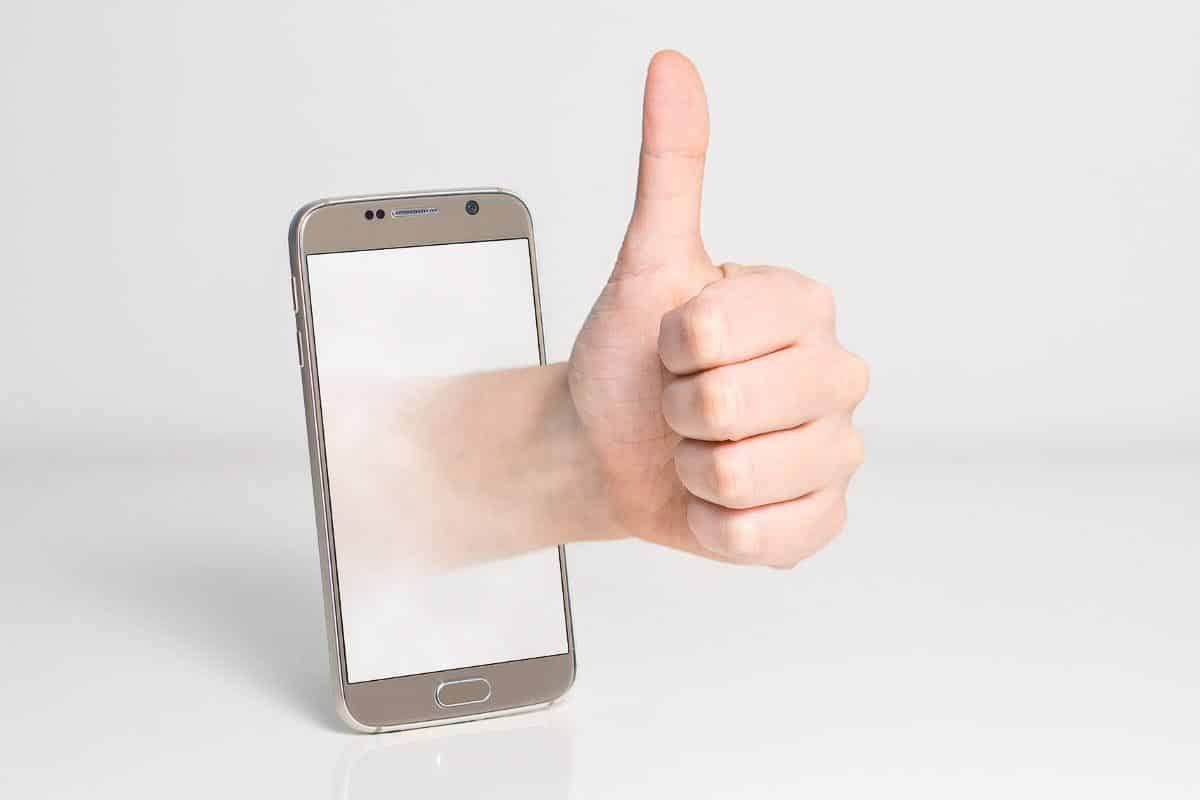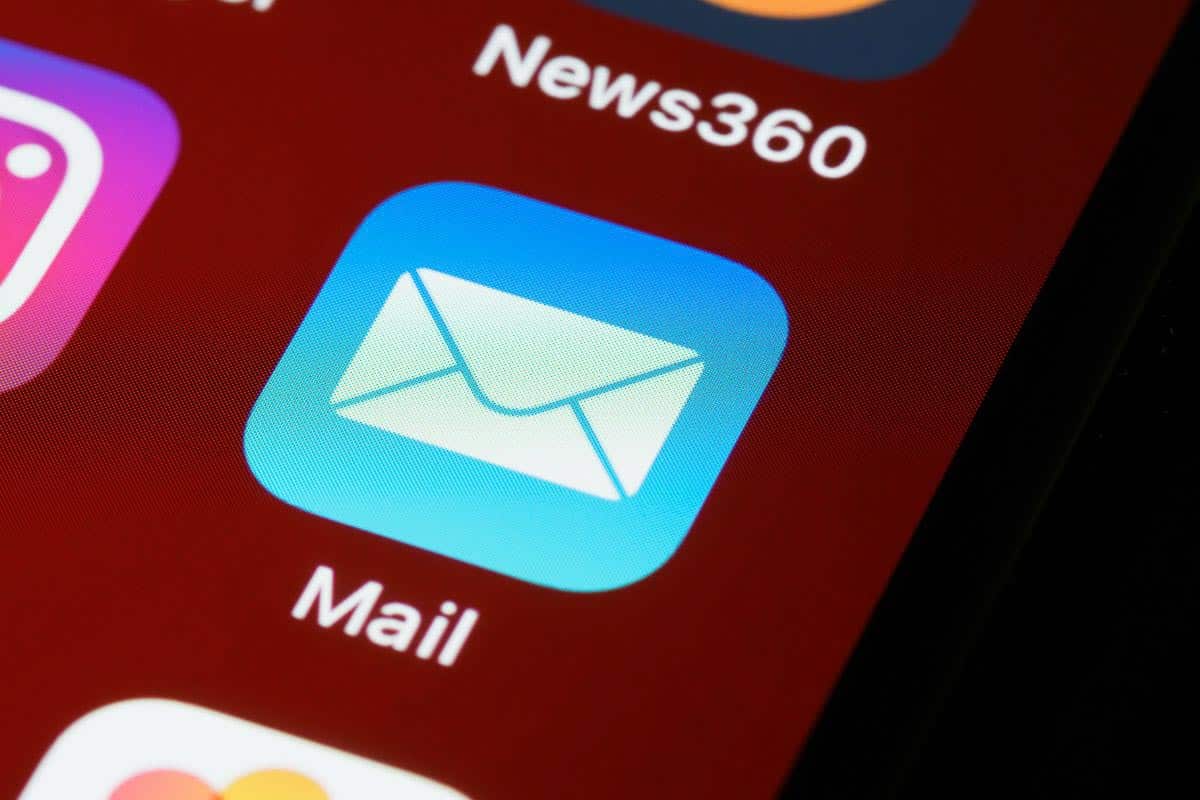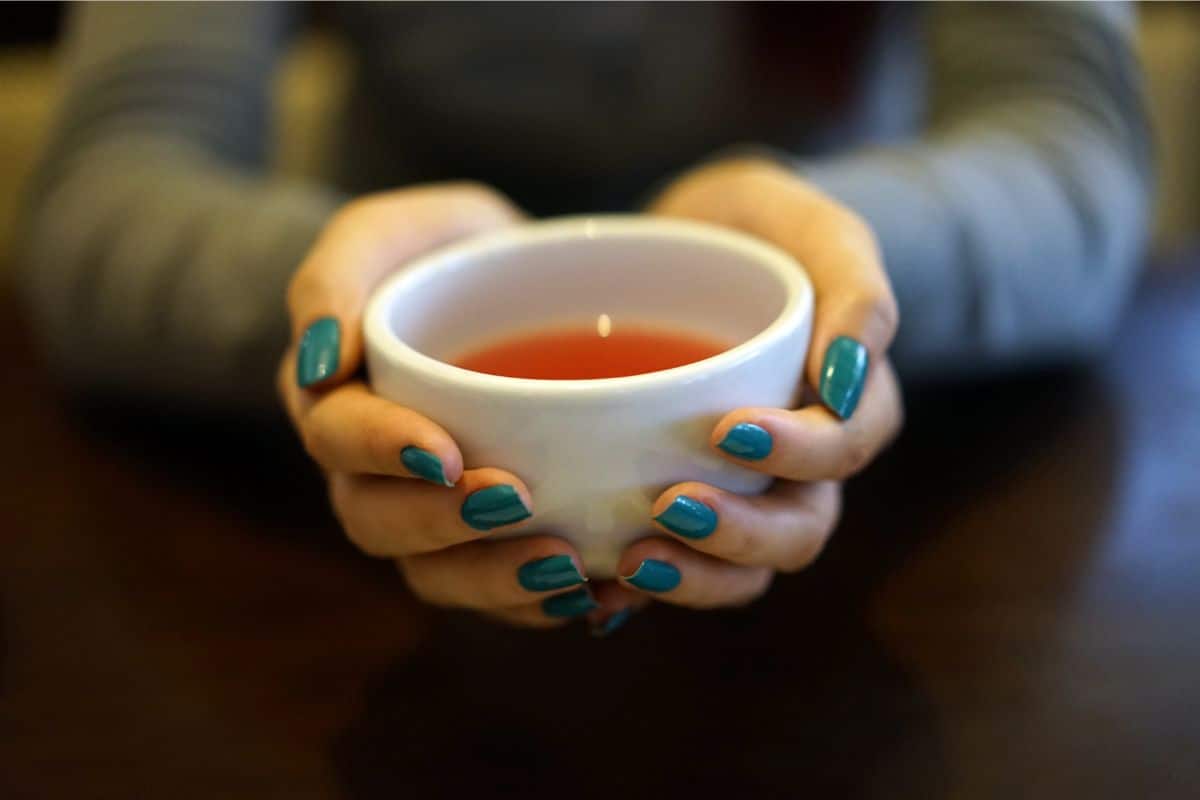In the digital age, where email communication reigns supreme, crafting messages that garner attention and prompt responses is a fine art. A recent study has unveiled a fascinating insight: the inclusion of the word “Cheers” in your email closing can potentially increase your response rate by a notable 8%. This seemingly small tweak to your email etiquette could be a game-changer in professional and casual correspondences alike.
The Psychological Impact of “Cheers”

Why does this simple, cheerful word carry such weight in communication? The answer lies in the psychological impact of language and the connotations that certain words carry. “Cheers” is traditionally associated with goodwill, camaraderie, and positivity. When used in an email, it infuses a sense of warmth and personable touch to an otherwise sterile digital exchange.
Cultural Resonance and Global Acceptance

While “Cheers” has its roots deeply planted in British English, its usage has transcended borders, becoming a globally understood sign-off that resonates across diverse cultures. It’s an informal yet respectful way to conclude an email, striking a balance between professionalism and approachability.
The Influence of “Cheers” on Email Tone

Tone can be notoriously difficult to convey via email, where non-verbal cues are absent. The strategic placement of “Cheers” can effortlessly convey a friendly tone, which may be the key to increasing engagement and response rates. It suggests that the sender is approachable and open, qualities that are often rewarded with a prompt reply.
“Cheers” as a Conversational Catalyst

The use of “Cheers” can act as a conversational catalyst. It’s a signal that you’re concluding your message on a positive note, inviting the recipient to continue the dialogue. This can be particularly effective in an environment where digital conversations are often hurried and transactional.
Data-Driven Communication Strategies

The study’s findings are more than just an interesting tidbit; they represent the growing importance of data-driven strategies in communication. By analyzing patterns in email responses, we can adapt our communication methods for better outcomes, whether it’s in customer service, team collaboration, or networking.
“Cheers” in Different Contexts

Understanding when and how to use “Cheers” is crucial. In formal communications or with recipients you’re less familiar with, it’s important to gauge the appropriateness of its use. However, in ongoing threads or with colleagues you have a rapport with, “Cheers” can be an excellent tool to maintain a friendly, conversational tone.
Beyond “Cheers”: Other Impactful Sign-Offs

While “Cheers” has its merits, it’s not the only sign-off that can influence response rates. Phrases like “Warm regards,” “Best wishes,” or “Looking forward to hearing from you” can also have a positive impact. The key is to match the sign-off with the tone and content of your email.
The Art of Email Personalization

Personalization goes a long way in email communication. Addressing the recipient by name and tailoring the content to their interests or past interactions can complement the use of “Cheers” and further enhance response rates.
Monitoring and Adapting Email Strategies

To truly harness the power of “Cheers,” it’s essential to monitor its effectiveness. A/B testing different email sign-offs can provide concrete data on what works best for your audience, allowing for a more tailored and successful email strategy.
Conclusion: The Subtle Strength of “Cheers”

In conclusion, the strategic use of “Cheers” in emails can be a subtle yet powerful tool in increasing engagement and fostering positive communication. It’s a testament to the fact that sometimes, the smallest changes can yield significant results. As we continue to navigate the nuances of digital communication, let us not underestimate the power of a single word to transform the tone and effectiveness of our interactions.
Parenting Isn’t For Sissies: 12 Reasons It Can Suck To Be A Parent

Parenting. It’s hard. It’s glorious. It’s everything in-between. One thing that helps is being able to commiserate with others who are experiencing the stress. These parents got real with the joys, and the tribulations. Parents of the world, you are not alone. It might seem obvious, but when you are singing the same nursery song for the thousandth time and it isn’t even noon, your brain is mush. Let’s take a look at the nitty gritty. Read here.
Pawsitive Impact: Can Pets Boost Your Health and Happiness?

Love hanging out with puppies and kittens? According to the CDC there are myriad reasons why having pets improves our lives.
Thinking about adding a pet to your household? Already have a pet and wondering why they bring so much joy to our lives? Let’s look at the research. Read:Pawsitive Impact: Can Pets Boost Your Health and Happiness?
Boost Energy!

Research by the Sleep Foundation reveals that a significant 94% of Americans consume caffeinated beverages, and 64% do so daily. No wonder we are sleeping poorly. But it turns out what caffeinated beverage you drink makes a difference. Read More.





